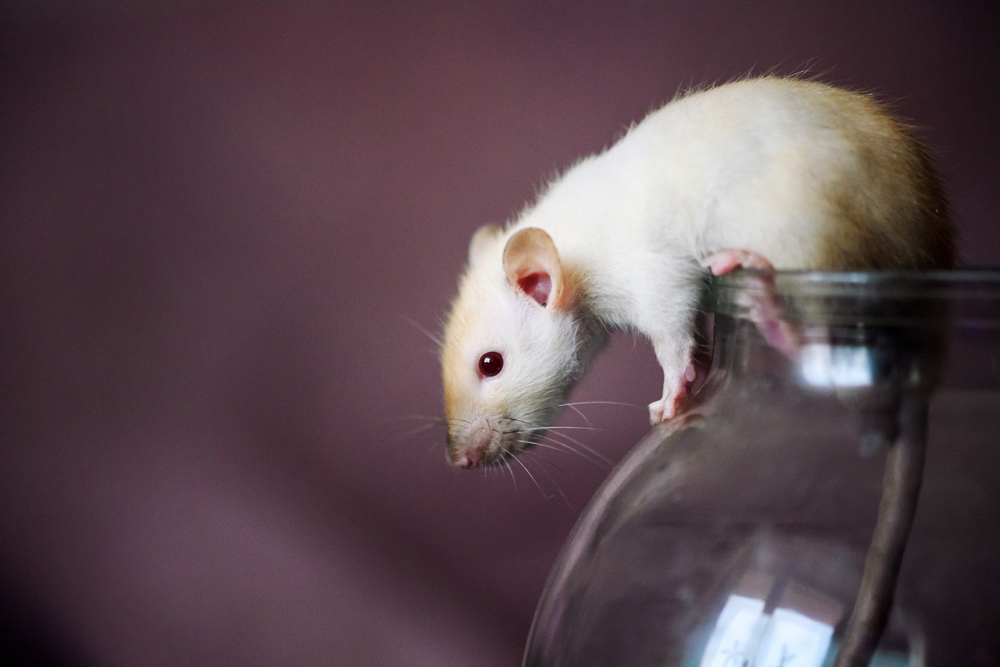New Mouse Model and Gene-Editing Tool May Help Advance CLN2 Research
Written by |

A genetically modified mouse with increased levels of a specific enzyme in the brain, along with a new genetic tool, may help researchers further their understanding of late infantile neuronal ceroid lipofuscinosis (CLN2) and aid in developing future therapies.
The study, “Inducible transgenic expression of tripeptidyl peptidase 1 in a mouse model of late-infantile neuronal ceroid lipofuscinosis,” appeared in the journal Plos One.
CLN2, a rare type of Batten disease, is caused by mutations in the CLN2 gene, which results in a deficiency or loss of function of the tripeptidyl peptidase 1 (TPP1) enzyme. This leads to an abnormal accumulation of waste molecules in brain cells, leading to nerve damage and cell death.
Brineura (cerliponase alfa), an enzyme replacement therapy developed by Biomarin, was recently approved in the U.S. and Europe as the first treatment for CLN2. It is designed to restore TPP1 enzyme activity and break down the storage materials that cause the disease. However, questions regarding the treatment’s effectiveness at different disease stages and the reversibility of CLN2 remain unanswered.
Rutgers University researchers developed a mouse model with TPP1 activity increased tenfold in the brain, which may be used to evaluate potential toxicities linked to long-term exposure to TPP1.
The team also successfully managed to induce TPP1 production at any desired stage of the disease in cell lines, making it easier to study potential players associated with this enzyme’s activity, discover biomarkers of the disease, and understand the mechanisms behind the development of CLN2.
Although they initially intended to create, not a cell line, but a transgenic mouse capable of expressing an inducible TPP1 at any stage of the disease, their efforts were not successful. However, they believe the challenges they encountered might be important or useful for others attempting similar experiments.
Researchers also noted that alternative approaches to creating this model might exist or be developed in the future, suggesting the possibility of providing a valuable preclinical model that may also be used as a tool to shed light on the pathobiology of CLN2.




